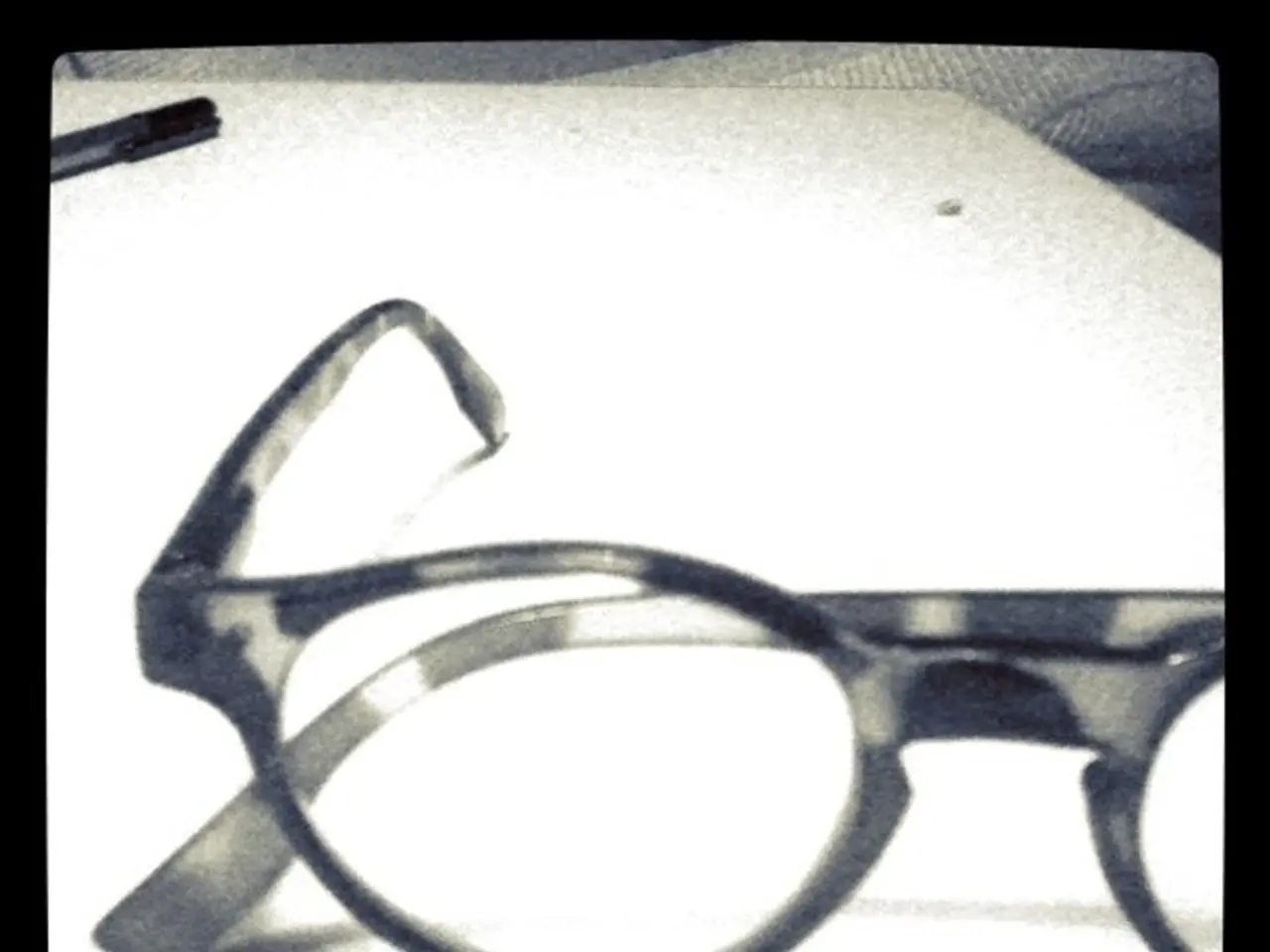Eye treatments for Drusen: Insights and expansions
Drusen, small deposits of fats, proteins, and other waste materials in the eye, are a common condition associated with aging. While they are usually harmless, they can be a risk factor for age-related macular degeneration (AMD), a leading cause of vision loss in older adults.
The main risk factors for the progression of drusen to AMD include age, genetics, smoking, cardiovascular health, diet, obesity, and environmental exposures.
Age is the strongest non-modifiable risk factor for AMD progression from drusen. The risk significantly increases after age 60.
Genetics plays a significant role in the development and progression of AMD. A family history of AMD increases the risk substantially, with certain gene variants associated with earlier onset and progression.
Smoking is the most dangerous modifiable risk factor. It accelerates progression by increasing oxidative stress and retinal damage. Smokers have 2-4 times higher risk and tend to develop AMD 5-10 years earlier than non-smokers.
Cardiovascular factors such as high blood pressure, hypertension, and elevated cholesterol contribute to drusen formation and progression, likely due to impaired retinal blood flow and oxidative damage.
Diet and obesity also play a role. Diets low in antioxidants and high in saturated fats increase the risk, while those rich in leafy greens, fish, and nuts may offer protective effects. Obesity correlates with progression to advanced disease stages.
Environmental factors such as prolonged UV and blue light exposure and pollution (e.g., ozone, nitrogen dioxide) also show associations with AMD development.
Inflammation and oxidative damage create a cycle that damages the retina and supports drusen progression to AMD.
Other factors such as gender (women slightly higher risk) and secondhand smoke exposure are additional considerations.
Managing modifiable risks—especially smoking cessation, diet improvement, blood pressure control, and UV protection—is critical to slowing AMD progression. Regular eye exams help detect early changes before vision loss occurs.
For people who notice changes in their vision, such as blurry vision, distorted vision, or blank spots, it is essential to contact an eye care professional. Treatment options for wet AMD include anti-vascular endothelial growth factor injections, laser surgery, and photodynamic therapy. There is no cure for macular degeneration, but there are treatments available that can slow the progression of the condition and help preserve vision.
However, the outlook for people with small, hard drusen is generally good, as these drusen typically do not cause significant vision loss and may not progress to more advanced stages of AMD. There are medications available to treat a subtype of dry AMD called geographic atrophy.
The American Academy of Ophthalmology recommends adults ages 65 and older have regular eye exams every two years, regardless of symptoms or vision changes. Whether or not a person should be worried about drusen depends on the type and severity of the drusen. Hard drusen typically occur in people over age 50 and are usually not a cause for concern, but they may be a concern if they are large or numerous.
In summary, understanding the risk factors for the progression of drusen to AMD is crucial in managing and slowing the condition's progression. Regular eye exams, a healthy lifestyle, and managing modifiable risks can help preserve vision and maintain eye health.
[1] American Academy of Ophthalmology. (2020). Age-Related Macular Degeneration. Retrieved from https://www.aao.org/eye-health/diseases/age-related-macular-degeneration-amd
[2] National Eye Institute. (2021). Age-Related Macular Degeneration (AMD). Retrieved from https://www.nei.nih.gov/learn-about-eye-health/eye-conditions-and-diseases/age-related-macular-degeneration
[3] National Eye Institute. (2021). Drusen. Retrieved from https://www.nei.nih.gov/learn-about-eye-health/eye-conditions-and-diseases/drusen
[4] National Eye Institute. (2021). Genetics Home Reference: Complement factor H. Retrieved from https://ghr.nlm.nih.gov/gene/CFH
[5] National Eye Institute. (2021). Genetics Home Reference: Age-related macular degeneration. Retrieved from https://ghr.nlm.nih.gov/condition/age-related-macular-degeneration
- The presence of drusen, small deposits in the eye, can signal a risk factor for macular degeneration, a leading cause of blindness in older adults.
- Age-related macular degeneration (AMD) is a chronic disease that primarily affects aging adults.
- After age 60, the risk of AMD significantly increases, making age the strongest non-modifiable risk factor for AMD progression.
- A family history of AMD increases the risk of developing the condition substantially, with certain gene variants associated with earlier onset and progression.
- Smoking, a modifiable risk factor, accelerates the progression of AMD by increasing oxidative stress and retinal damage.
- Smokers have 2-4 times higher risk and tend to develop AMD 5-10 years earlier than non-smokers.
- Cardiovascular health, including high blood pressure, hypertension, and elevated cholesterol, contributes to drusen formation and progression.
- Diets low in antioxidants and high in saturated fats increase the risk of AMD, while those rich in leafy greens, fish, and nuts may offer protective effects.
- Obesity correlates with progression to advanced disease stages of AMD.
- Environmental factors, such as prolonged UV and blue light exposure and pollution, show associations with AMD development.
- Inflammation and oxidative damage create a cycle that damages the retina and supports drusen progression to AMD.
- Other factors, such as gender and secondhand smoke exposure, are additional considerations for the development and progression of AMD.
- Managing modifiable risks, including smoking cessation, diet improvement, blood pressure control, and UV protection, is critical to slowing AMD progression.
- Regular eye exams are essential for detecting early changes before vision loss occurs, helping to preserve vision and maintain eye health.
- People who notice changes in their vision, such as blurry vision, distorted vision, or blank spots, should contact an eye care professional.
- Treatment options for wet AMD include anti-vascular endothelial growth factor injections, laser surgery, and photodynamic therapy, but there is no cure for macular degeneration.
- The outlook for small, hard drusen is generally good, as these drusen usually do not cause significant vision loss, but may progress to more advanced stages of AMD in some cases. There are medications available to treat a subtype of dry AMD called geographic atrophy.




